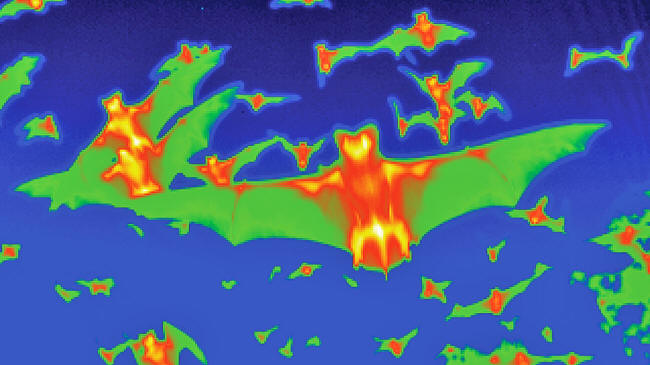|
A recent report in National Geographic describes how international research groups are attempting to design 'self-spreading' genetically engineered vaccines that can jump from vaccinated to unvaccinated populations.
Receiving only scant attention in the mainstream media,
As is similarly the case
with the so-called 'gain-of-function'
research that has been implicated in causing
COVID-19, the existence and use of
this technology should be openly addressed by governments as a
matter of urgency.
Because animals living in
the wild are difficult to vaccinate in large numbers, the idea
behind the technology is to design vaccines that, after
administration to small groups, would spread quickly and easily to
other animals.
Jonas Sandbrink, a biosecurity researcher at the University of Oxford in the UK, has expressed particular concern.
While it is being claimed for now that such vaccines would never deliberately be administered to people, the experience of the past two years has taught us,
With authoritarian
forms of governance seemingly on the rise in this way, to
trust that self-spreading vaccines would never be applied to humans
would clearly be na´ve.
Nor either can anyone be certain that the release of such a vaccine in the wild would not set off an unexpected chain of events producing catastrophic effects across multiple ecosystems.
A thermal image of bats
flying in the evening in Blanco County, Texas. University of Chicago, PBZ
As a result, countries opposed to their use may still end up suffering their effects.
Nevertheless, despite the incalculable risks involved, National Geographic reports that field experiments involving inoculating animals with a Lassa virus self-spreading vaccine are already expected to commence within the year.
Politicians and
policy makers need to recognize the potential risks of this
disturbing technology before it's too late...
|



